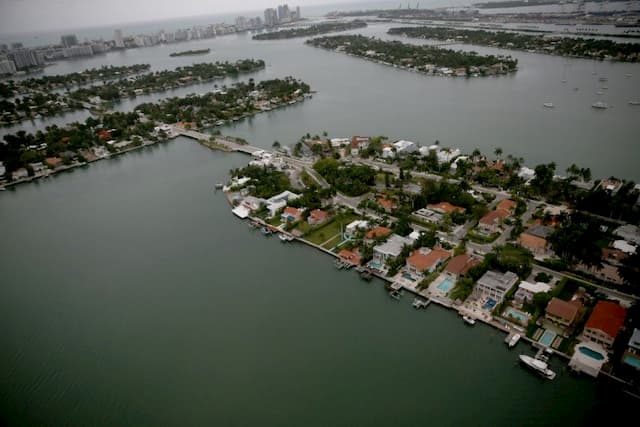Climate Disruption: Oceans and Icy Areas Ravaged, Alarming UN Report

UN climate experts will make an alarming report on the situation of oceans and icy areas on Wednesday (September 25th). A new proof of the climatic urgency.
The UN experts will unveil this Wednesday 25th September 2019 in Monaco a grim picture of the oceans and icy areas of the planet, new evidence of the urgency to fight against global warming that responds to the inaction of which are accused the world leaders.
Despite the angry plea of young Swedish activist Greta Thunberg, who has been invited to the UN platform, Monday’s climate summit in New York did not spark the impetus sought by climate advocates.
“Millions of people on the streets Friday made it clear that they would no longer accept the apathy, apologies and inaction of world leaders, weak and unable to resist the power of the fossil fuel industry,” he said. commented Jennifer Morgan, director of Greenpeace International.
A report of 900 pages
Some still hope that the new special report of UN climate experts (Giec) – which should be just as alarming as the previous two on the goal of limiting warming to + 1.5 ° C and the use land – a driver for action.
“Governments need to know that the promises they turn into actions can really make a difference. It can be an investment for the future, “WWF’s Stephen Cornelius told AFP as an observer at the IPCC meeting in Monaco.
The #cryosphere is made up of all the frozen places on our planet 🌎 like glaciers, continental ice sheets, snow, and ice.
But it’s disappearing 🌡️ and fast, threatening life everywhere.
A new IPCC report will tell us more next week ❄️ #SROCC #ClimateCrisis pic.twitter.com/gvfS8VIQv5
— WWF Climate & Energy (@climateWWF) 21 September 2019
Scientists and diplomats from the 195 member states of the IPCC adopted Tuesday morning after five days of debate and a final 27-hour marathon session the synthesis of this 900-page report, whose content will be unveiled only this Wednesday at 9:00 GMT. It took them one last sleepless night to overcome the objections of Saudi Arabia … the world’s largest oil exporter.
The oceans, which cover more than 80% of the Earth’s surface, have absorbed about a quarter of the greenhouse gas emissions generated by humans. With palpable consequences: rising sea temperature, acidification, loss of oxygen.
These modifications are so important that they cause cascading impacts on the ecosystems on which man depends on his protection and food.

Many coastal regions under threat
From ice caps to glaciers, ice sheets and permafrost, the frozen areas of the planet are not spared by the devastating impacts of global warming.
Rising sea levels due to narrowing Antarctic and Greenland ice caps will threaten many coastal regions, from small island states to large metropolises such as New York or Shanghai, to the Ganges or Mekong deltas.
With or without adaptation measures (building dikes …), the displacement of some communities could be, in the long term, inevitable, even if the world manages to limit warming to + 2 ° C compared to the pre-industrial era , the minimum objective of the Paris Agreement.
Today, with only + 1 ° C of warming, the impacts are already heavily felt, from storms to floods, through droughts and deadly heatwaves.
Current commitments by states to reduce their CO2 emissions, if respected, would lead to a world at + 3 ° C.
Solutions in the oceans
Faced with this climate change, the oceans can offer solutions, particularly through the development of marine renewable energies.
According to a report released this week by the High-Level Group on a Sustainable Marine Economy, which brings together states like Australia and Chile, ocean-based climate action could allow up to a fifth of CO2 emissions needed by 2050 to limit warming to + 1.5 ° C.
“Combined with emissions reductions from land-based activities, it shows that ocean-based climate actions could provide a lifeline for economies, food resources, coastal communities and marine life on the front line climate impacts, “said Norwegian Prime Minister Erna Solberg, Co-Chair of the Group.
Enjoyed this? Get the week’s top France stories
One email every Sunday. Unsubscribe anytime.


